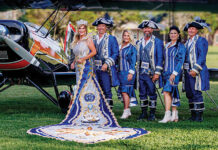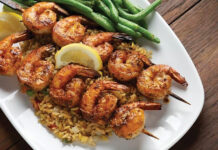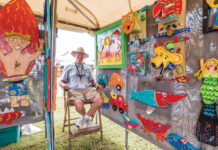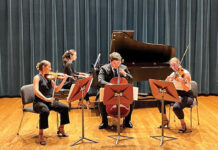 By Jodell Haverfield, Luxury Travel Consultant ACC
By Jodell Haverfield, Luxury Travel Consultant ACC
When I was a young mother of four children, ages 6 months to 8 years, I decided that while my husband was away on active duty, I would take my little family on a train trip from Montana to the Oregon Coast. Other than the fact that I lost my balance and broke my tailbone on the arm of my seat shortly after departing the station, the trip was great! The Oregon Coast was absolutely breathtaking, as was my pain. Yet I still have fond memories of this so far, once in a lifetime experience. That was 40 years ago, and I recently realized it was the beginning of our family adventures. Years later, as I explore and plan train trips for my clients, I often reflect on my train trip. I know as a travel advisor for nearly 30 of the 40 years since my trip that trains have evolved to a level of superior excellence and service to give rail travelers a truly exceptional experience. This month I thought I would share with you a little about the history of the passenger railroad.
 The railroad not only revolutionized the transport of goods and business practices, it also linked the nation by carrying people. The relative speed of a train as well as its ability to travel regardless of the weather made rail travel extremely attractive to travelers. By the time of the Civil War, 30,000 miles of track had been laid.
The railroad not only revolutionized the transport of goods and business practices, it also linked the nation by carrying people. The relative speed of a train as well as its ability to travel regardless of the weather made rail travel extremely attractive to travelers. By the time of the Civil War, 30,000 miles of track had been laid.
In 1869, the first transcontinental railroad was completed where tracks of the Union Pacific met those of the Central Pacific at Promontory, Utah. One train from the east and one from the west ran each week, sufficiently meeting the travel demands of the time. The 1880s brought 70,000 additional miles of track linking increasing numbers of towns and cities. Rail travel even tripled between 1896 and 1916, and the peak in terms of numbers was 1920 with trains carrying 1.2 billion passengers.
By 1929 train travel had decreased by 18% due to an increase in automobile ownership. Railroad travel dropped even more during the Depression, but gained back ground after the 1934 debut of the Burlington Chicago, and Quincy’s streamlined, diesel-powered Zepher and the Union Pacific’s gasoline-powered M-10,000. Then World War II broke out in Europe in 1939 and the public was encouraged to delay personal travel unless absolutely necessary.
 Soon after the end of the war in 1945, thousands of new passenger cars were ordered to replace well-worn cars that had been in service transporting soldiers during the war. This reflected the hopeful outlook for the future of rail passenger travel again. However, the railroad failed to capture the post war boom in travel as they actually decided to discourage passenger travel in favor of the more lucrative freight business. Airline advertising doubled during the first seven years of the 1950s compared to a one quarter drop for railroad travel. By 1970, airlines carried 73% of passenger travel and railroads carried only 7.2%.
Soon after the end of the war in 1945, thousands of new passenger cars were ordered to replace well-worn cars that had been in service transporting soldiers during the war. This reflected the hopeful outlook for the future of rail passenger travel again. However, the railroad failed to capture the post war boom in travel as they actually decided to discourage passenger travel in favor of the more lucrative freight business. Airline advertising doubled during the first seven years of the 1950s compared to a one quarter drop for railroad travel. By 1970, airlines carried 73% of passenger travel and railroads carried only 7.2%.
Then a national rail passenger system popped up known as Amtrak in 1971. However, passenger ridership was still not maintained. The government-run agency did not appear to be the answer for revitalizing the leisure passenger train industry. But by the end of the 20th century, the research and development of high speed trains is providing the incentive for further expansion of passenger train service.
Today, there is no end to the luxurious rail vacations to choose from with more than 690 cities and 51 countries. You can choose your own adventure as you travel through Alaska, the Rocky Mountains, Canada, Venice, Dublin, Berlin, Scenic Switzerland or Lake Como on the Bernina Express. Luxurious passenger trains with glass top domes for endless views and exceptional service await you as you satisfy your bucket list in comfort.
The good news is most post Covid 19 travel of any sort now offers maximum travel with confidence policies and flexible cancellations without fees. I hope I have sparked your interest in perhaps taking a train trip one day. Next month, I am going to tell you about a very special anniversary.
Visit JoDell at www.havetravelmemories.com.
Views: 1

























































